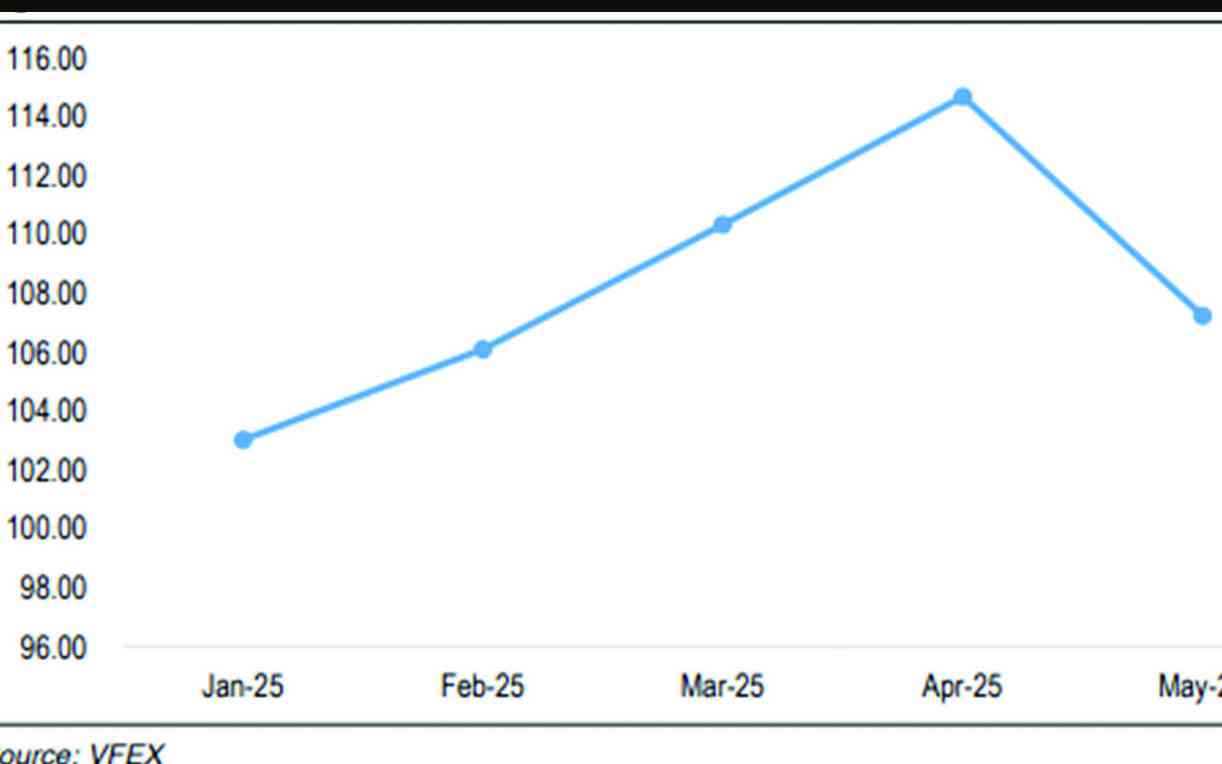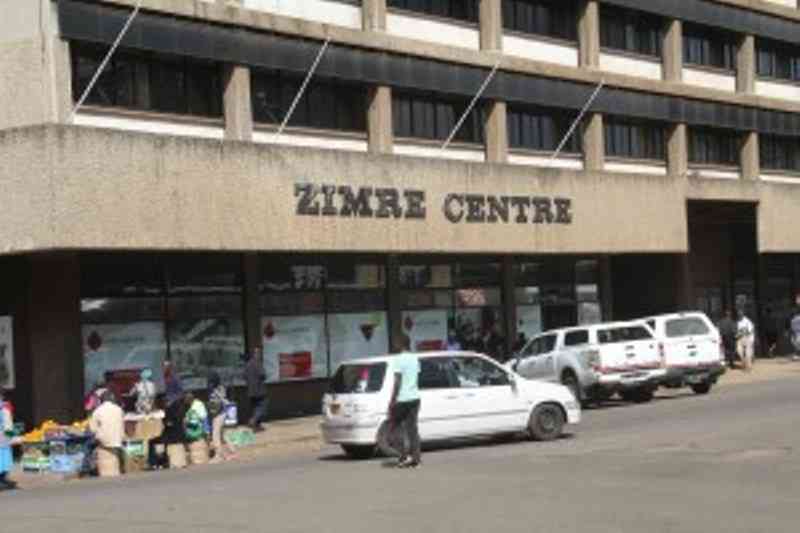ZIMBABWE is on the verge of shattering a 30-year annual gold deliveries record of 35,1 tonnes set in 2018 after cumulative deliveries of 29,5 tonnes were recorded in the 10 months to October 2022.
Gold deliveries to the country’s sole buyer, Fidelity Printers and Refiners (FPR), slid to a record low in 2008 after high inflation and adverse policies forced the sector’s large-scale miners to halt operations.
Deliveries picked up after the country officially adopted the greenback in 2009 and the trend remained firmly upwards until the re-introduction of the Zimbabwean dollar as the sole legal tender in 2019 saw gold deliveries plunge again.
However, favourable policies aimed at redirecting smuggled gold to FPR has underscored the sector’s recovery in the last two years.
The mining sector’s paramount importance has become even more apparent in the last three years because of its ability to generate foreign currency.
According to the Reserve Bank of Zimbabwe (RBZ), the mining sector accounted for 66%, 71%, and 81% of total cross-border receipts in 2019, 2020, and 2021, respectively.
Keep Reading
- Chombo wins back repossessed farm
- Govt takeover of Cottco set for July
- Corruption watch: Scott Sakupwanya: President Mnangagwa messed up
- Gold output improves, still below projections
Gold receipts, in particular, accounted for c.34% of these receipts, on average, between 2019 and 2021 and we attribute this to the firm gold price since 2020 and favourable policies.
We also observe that, at a granular level, artisanal miners drive the bulk of the deliveries. In 2022 to September, these miners accounted for 66% of all gold deliveries, while primary producers delivered the remaining 34%.
In comparison, large-scale miners delivered 88% of total gold output in 2013 and small-scale miners accounted for only 12%. We identify several policies that were implemented that boosted output mainly from both small-scale as well as primary producers, which we unpack below.
In June 2021, the central bank announced a 5% incentive for deliveries above 20kg by small-scale farmers. In addition, the bank scrapped royalties applicable to small-scale miners, reduced the cost of importing cash, and began to buy gold at the prevailing international price.
The bank also committed to spot payments to artisanal miners after they lamented a backlog of up to two weeks, and removed foreign currency retentions for small-scale farmers. These moves were appetising even to smugglers who have since diverted their gold to FPR.
The central bank and government also implemented some incentives to primary producers, albeit less than what artisanal miners are privy to.
The central bank waivered the 60/40 foreign currency retention policy only on incremental exports for companies that list on Victoria Falls Stock Exchange (VFEX), and this was instrumental in Padenga Holdings’ migration from ZSE to VFEX as well as the listing of Caledonia’s depository receipts on the foreign-currency denominated exchange.
This also tied in well with the government’s import duty exemption on capital equipment worth over US$10 000 for incorporated companies. These incentives saw primary producers recapitalise their operations with funding from internally generated foreign currency as well as foreign currency from incremental exports.
These incentives have also been supplemented efforts by these large-scale miners. In the past two years, Caledonia has ramped up production through capital investment on Blanket mine as well as acquisitive growth.
The entity acquired the mining claims at Maligreen in Zimbabwe’s Midlands province in 2020 and The Bilboes project located in Bulawayo in July 2022. These developments are anticipated to result in Caledonia’s annual gold tonnage exceeding two tonnes in the coming years.
Padenga recommissioned the Eureka mine in 2021, which became fully operational in the first half of 2022. As a result, Padenga’s gold division is expected to produce more than 1,7 tonnes of gold in 2022.
Mines minister Winston Chitando is confident that the country could reach 60 tonnes in gold deliveries in 2022 and 100 tonnes in 2023, a feat we think is possible if large-scale miners are afforded the same privileges as artisanal and small-scale miners, and business confidence is strong enough to lure international capital.
Our expectations of gold output in 2022 currently stand at a relatively conservative 36,5 tonnes because of operational disruptions that typically come with rainfall during the festive months.
Local investors can tap into the gold industry’s good run by investing in Caledonia and Padenga. Our valuations place Caledonia’s fair value at US$12,97 per share and Padenga’s fair price at US$0,29, which are almost at par with current market prices of US$13 and US$0,25.
However, we note that Caledonia depository receipts are incredibly illiquid, making Padenga a better investment for the interested investor.
Investors seeking more direct exposure should consider the Mosi-Oa-Tunya gold coin. However, we opine that the coin is extensively exposed to the gold price, which we think is hovering at unsustainable price levels.
Mtutu is a research analyst at Morgan&Co. — tafara@morganzim.com or +263 774 795 854.





